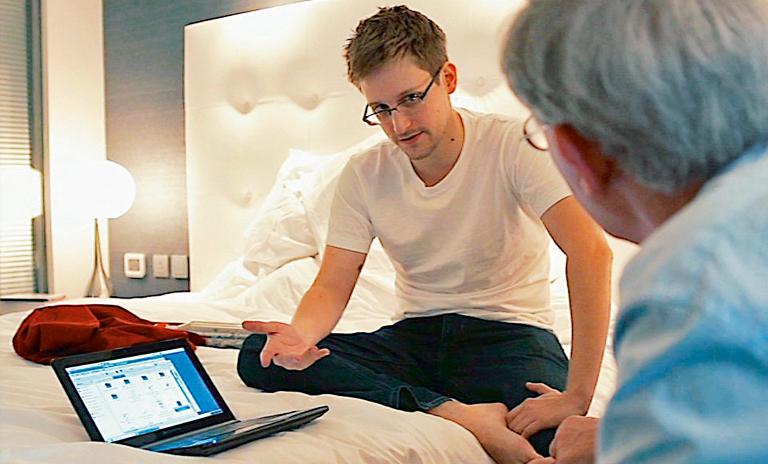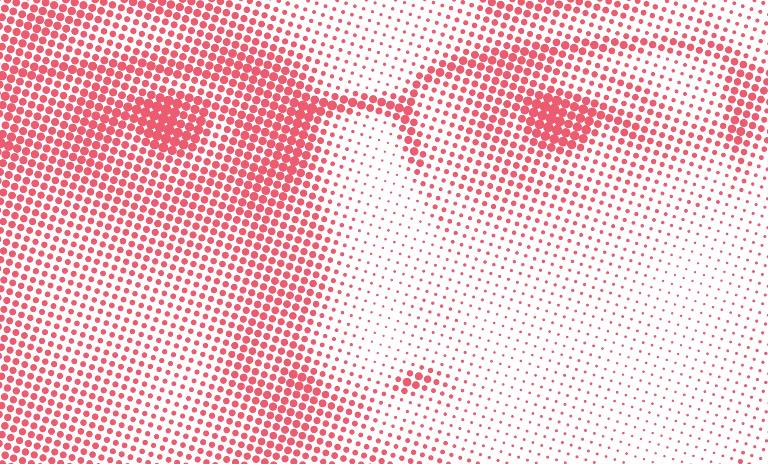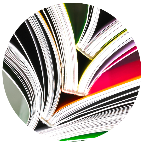How much do you depend on trust?
![{[downloads[language].preview]}](https://www.rolandberger.com/publications/publication_image/roland_berger_think_act_magazine_trust_cover_en_download_preview.jpg)
The central theme in our Think:Act magazine is trust.
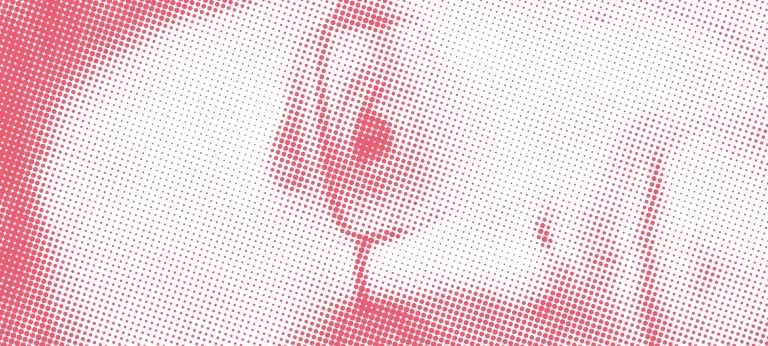

by Ewen MacAskill
When Laura Poitras, Glenn Greenwald and Ewen MacAskill flew to Hong Kong to meet Edward Snowden, they came back with an unprecedented scoop. They also got to the heart of another story – what it means to trust, for a whistleblower and a team.
I only expected to be in Hong Kong for two days so I traveled light, just the clothes I was wearing and a spare set, a laptop and notebook. Two days: long enough to check out an unlikely tale that there was a US "spy" claiming to have top secret documents and ready to leak them to "The Guardian".
In the end, I spent 10 days in Hong Kong, an extraordinarily intense period of reporting with only a pause to buy new clothes. The source turned out to be genuine, former CIA official and US National Security Agency (NSA) contractor Edward Snowden, whose revelations about surveillance were described by US and British intelligence agencies as the biggest leak in Western intelligence history.
Newspaper readers only ever see the finished product and are largely unaware of the hours wasted by reporters checking out phone calls and emails, many of them from cranks. So most reporters start with a built-in skepticism.
I was based in the New York office of "The Guardian" in May 2013 when the then US editor Janine Gibson called out across the newsroom and asked if I would go to Hong Kong the next day. There was someone claiming to be a spy and he or she wanted to talk. "Sure," I replied instinctively, rarely turning down any assignment, especially one involving foreign travel.
In Janine’s office, I met "The Guardian" columnist Glenn Greenwald, who wrote about US national security matters from his home in Rio de Janeiro, Brazil. Using a secure laptop Glenn showed us a few documents sent by the source to demonstrate he or she was genuine. Glenn kept saying: "Wow." I had no idea of the significance and just nodded. The diagrams looked suspiciously amateurish.
Janine’s plan was that Glenn, filmmaker and journalist Laura Poitras and I would travel to Hong Kong and meet the source. Her fear was that the whole story might be a hoax. I was added to the team of Glenn and Laura mainly because I was a veteran journalist with "The Guardian" who had worked on many stories with Janine and then editor Alan Rusbridger.
Laura did not want me on board. She had valid reasons for that. More than anyone else other than Snowden, she made this story happen. She was the first person to take Snowden seriously when he first got in touch on the internet. She told him to expect only two people in Hong Kong: herself and Glenn, and feared the appearance of a third might spook him. Plus, she did not know me.
In the end, we compromised. We flew to Hong Kong together, but only Laura and Glenn went for the first meeting on Monday. I would join on Tuesday. Glenn reported back on Monday evening that he believed Snowden was genuine.
Heading over with Glenn in a taxi to meet Snowden on Tuesday morning, my fear was that he might no longer be there, snatched by the CIA before I had had a chance to speak to him. He was staying at the Mira Hotel in the middle of one of Kowloon’s busiest and noisiest shopping thoroughfares. Our initial exchange in Snowden’s hotel room had a whiff of panic after I asked him if he minded if I recorded the interview on my iPhone. He asked me to remove the iPhone from the room immediately, explaining on my return that he regarded the iPhone as a microphone that could allow the intelligence agencies to listen in on the conversation. He took other precautions too, such as placing pillows against gaps in the door to reduce the chances of someone in the corridor listening in. At the time I thought it smacked of paranoia, but I later came to view this as entirely justified. In spite of these precautions, one of the biggest surprises was how calm he appeared and how at ease he remained.
The initial conversation was very specific with Snowden talking about secret documents he was leaking showing the scale of NSA surveillance. I found myself lost in the detail and thought the only way to disentangle this was to get back to journalistic basics: who, when, what, where and why?
He ran through his life story. It sounded improbable he could have done all he said he had done. He was 29 and yet he claimed he had made it into the higher ranks of the NSA, even though he had not been at university, the starting point for almost any career in the upper reaches of the government. He had been employed by the NSA in Maryland, by the CIA in Geneva, and had worked for the NSA in Japan, Maryland and then finally Hawaii at the NSA’s huge listening and hacking post.
Bit by bit I came to trust him: the result of an accumulation of things. He knew he would have to convince us that he was who he said he was and presented a pile of credentials, from his driving license to his intelligence IDs, though these would have been easy to fake. More reassuring was that he was not evasive about anything in his personal life, no matter how intrusive the question. I told him that every aspect of his life would be scrutinized and if he had done anything illegal or embarrassing in his life, it would be better if he told us now. He mentioned one personal incident, which we have never disclosed, but it was pretty innocuous. I thought: If this is the most embarrassing thing he thinks he has done, he’s led a pretty clean life. His answers did not sound rehearsed. Crucially, he did not ask for money, the usual giveaway for a hoax. Unusually too, he did not request anonymity.
In the end, as with most reporters, trust comes down to instinct. He just sounded genuine, especially when talking in detail about various NSA documents as he showed them to us on his laptop. It would have been hard but not impossible to fake such documents, but it would have been much harder to fake the enthusiasm with which he tried to explain the various surveillance programs to us. He was uncomfortable and coy when talking about his personal life but he became animated and voluble when talking about programs such as PRISM, which disclosed the extent to which big US tech companies cooperated with the NSA. When I returned, my wife asked me what convinced me that he was real and that is the reason I gave her: the volume of documents and the enthusiasm and knowledge he displayed in taking us through them.
Before I left for Hong Kong, I agreed upon a codeword with Janine, which I would use on the phone if I thought the source was genuine. Now was the time to use it and so I phoned Janine.
Depending on the source, Snowden has been cast as a hero and champion of the freedom of information or as a traitor who has threatened the structure of democracy itself. His 2014 "Wired" cover has been called his most provocative.
The next day I saw Snowden again and went back over his life story in preparation for a profile of him. He unexpectedly threw a new story into the mix: that he had wanted to go to Iraq and had trained with the US Special Forces. That set off an alarm. It was the kind of thing a fantasist would come up with. He alarmed me further when he went on to say that he had to abandon training when he jumped off the top of a bunkbed and broke both legs.
I briefly panicked, thinking I would have to phone "The Guardian" and tell them to kill all publication plans. In the end though, after further questioning, strange as his story seemed, I felt he was telling the truth. It was partly that he was particularly emotional that day, having learned that NSA security had visited his home in Hawaii and spoken to his partner, Lindsay Mills. The well-being of his partner seemed to upset him more than his own safety. But what tilted the balance towards belief that he was telling the truth was just the sheer volume of documents. I was 99% sure – based on the interviews, the identification proof he had brought and the leaked documents – that he was genuine. But final confirmation came when Janine contacted the White House and the NSA to say we were planning to publish the first of the leaked documents and asked for a response. It was only when she was patched into a conference call later with representatives from the White House, the NSA, the FBI and others and was asked not to publish that we knew for sure.
On the flight to Hong Kong, Laura and Glenn barely spoke to me. Glenn softened within hours of landing and Laura soon after. I don’t know for sure why she did. In a taxi into Hong Kong, Laura asked me about stories I had done. That might have helped, but I believe that what really began the thaw was just working together. We had different skills – I was a reporter, Laura a filmmaker and Glenn possessed deep knowledge of the whole national – security and surveillance issue – and we melded as a team. Initial suspicions gave way to trust. The leak of US diplomatic cables in 2010 ended with WikiLeaks founder Julian Assange and the journalists involved falling out badly. By contrast, we have remained friends.
Laura, speaking at a journalistic award ceremony in New York in 2014, said we had been untested as a team before going to Hong Kong. "We each had our areas of expertise but we got on the plane never having worked together and did something and worked together in a way that was really extraordinary, and I’ll be forever bound to them." She added an important rider, one that Glenn and I concurred with: She dedicated the award to the person who made the sacrifice, who had never met journalists before, but took a chance and came to trust first Laura, then Glenn and then me, and who we, in turn, came to trust implicitly: Edward Snowden.
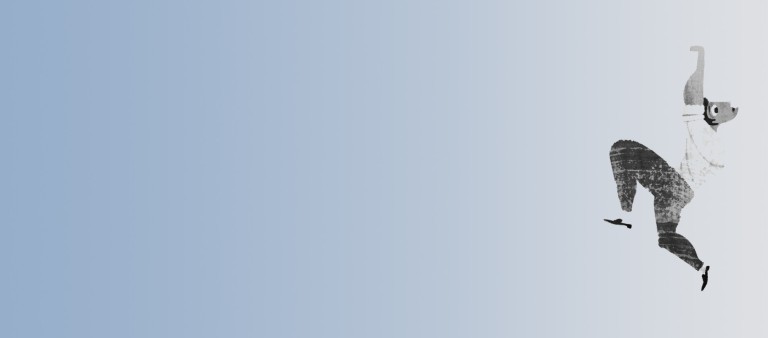
![{[downloads[language].preview]}](https://www.rolandberger.com/publications/publication_image/roland_berger_think_act_magazine_trust_cover_en_download_preview.jpg)
The central theme in our Think:Act magazine is trust.
Curious about the contents of our newest Think:Act magazine? Receive your very own copy by signing up now! Subscribe here to receive our Think:Act magazine and the latest news from Roland Berger.
